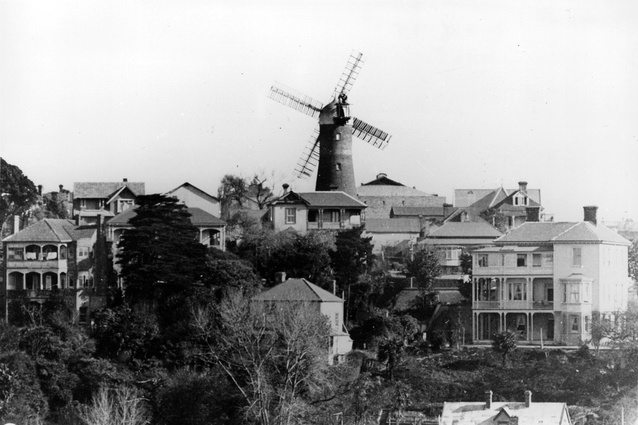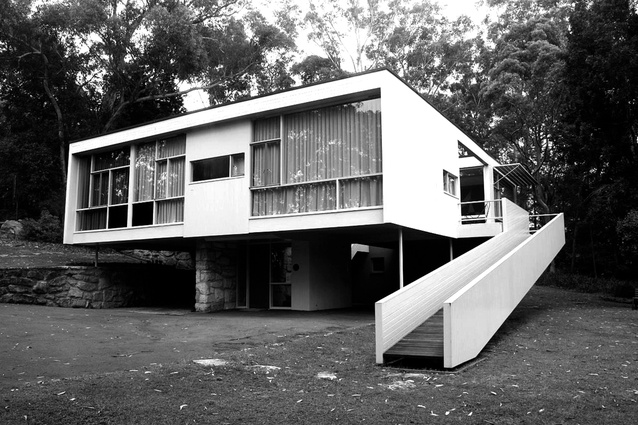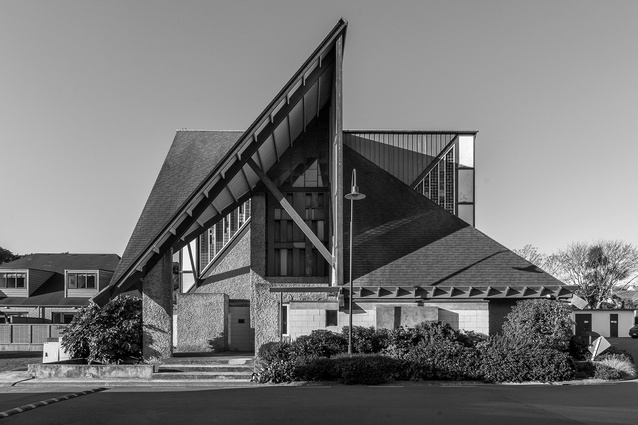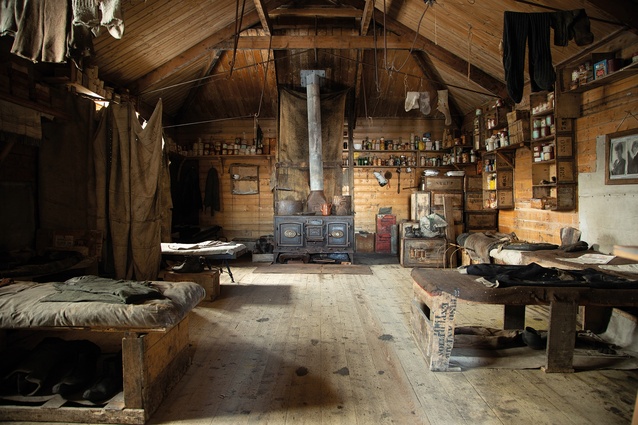Book Review: Architectural Conservation in Australia, New Zealand and the Pacific Islands: National Experiences and Practice
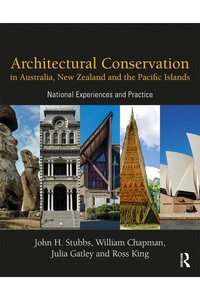
This book is the latest in the Time Honored Architectural Conservation Documentation series, which surveys architectural conservation history and practice in various world regions. Previous volumes have been: Architectural Conservation in Asia: National Experiences and Practice by John H. Stubbs and Robert G. Thompson (Routledge, 2017); Architectural Conservation in Europe and the Americas by John H. Stubbs and Emily G. Makaš (Wiley, 2011); and the foundational Time Honored: A Global View of Architectural Conservation by John H. Stubbs (Wiley, 2009).
Richard A. Engelhardt (UNESCO Chair Professor of Heritage Management) states in the Foreword that “outstanding examples of cultural and natural heritage are of ‘universal’ value wherever in the world they may be located.” He notes that the authors have examined recent trends in architectural heritage protection “through the lens of this global transformation towards localization in heritage conservation practice;” and also acknowledges how challenging it was for them, given the cultural and historic diversity of this geographically vast region of the Pacific. From the authors’ Preface: “While cultures evolve and transform, it is in heritage that we find our continuity and identity.”
“While cultures evolve and transform, it is in heritage that we find our continuity and identity.”
Fifty-nine contributors (from Australia, Aotearoa New Zealand, USA and UK) have provided: sub-chapters; and strategic essay inserts, which highlight significant historical and current events, episodes, characters, buildings and movements; and, also, the occasional heritage problem. The book’s text is structured in four parts:
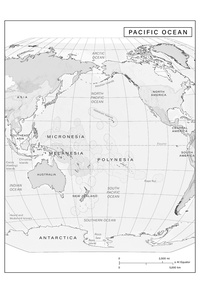
Part I is entitled ‘Introduction to Pacific Heritage Conservation’. It is a scene-setting contextual analysis of the overall Pacific region: its geography, geologies and climates (including current and predicted effects of climate change); histories, cultures and vernacular building practices; historic explorations of the Pacific and subsequent industry, trade and colonisation; and the cultural impacts of World War 2. The introduction concludes with extensive consideration of the ways in which a heritage ‘conservation ethos’ has evolved in the Pacific region, including the ICOMOS charters of Australia and New Zealand.
Part II and Part III collectively comprise seven chapters, each devoted to a nation or extended island group in the Pacific region. Each chapter commences with a location-specific exposition of the broad contextual themes laid down in the Part I Introduction. Subsequent narratives are variably structured, according to the priorities and particulars of each location. These are well illustrated, with architectural conservation examples (including buildings of the Modern Movement) of preservation, restoration, reconstruction, adaptive re-use and the occasional relocation. Pacific Island heritage is multilayered, and there are appropriate reminders that heritage conservation needs to take account of both cultural tangibles and ‘intangibles’. Each chapter (and Part I Introduction) concludes with an extensive list of endnotes and related readings.
II.1. Australia. The introduction to this substantial chapter is titled ‘The Infinite Past,’ alluding to the reality that indigenous Aboriginals have inhabited the continent for approximately 65,000 years. There is an engaging evaluation of Aboriginal cultural heritage, noting its recent acknowledgement as an ‘Indigenous Renaissance’.
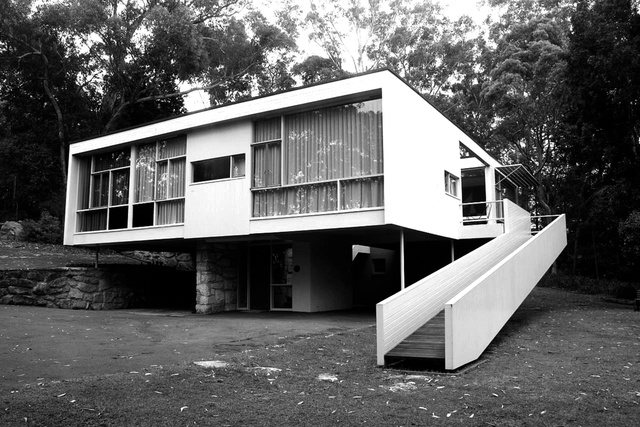
Conservation through adaptive re-use is given extensive discussion and reportage. This segues into a critique of examples of contemporary ‘façadism’ and ‘pastiche’ (grafting of historical motifs onto the ‘new’).
Regarding the preservation of modernist architecture, there are numerous examples discussed and illustrated, with particular attention given to the work of Harry Seidler and that of the Griffins (Walter Burley and Marion Mahony). Pragmatics of conservation practice are illustrated in an essay insert about recent upgrades on the Sydney Opera House.
A substantive analysis of the ICOMOS ‘Burra’ Charter (first drafted in 1979) is accompanied by an essay insert, which highlights conceptual connections with Austrian art historian Alois Riegl’s sophisticated ‘value based’ conservation theory.
II.2. Aotearoa New Zealand. This chapter has a bicultural heritage construct. The narrative commences with an outline of pre-European Māori occupation and building practice.
Subsequent contributions include: analysis of marae and wharenui typologies; conservation of Māori architecture and establishment of the Māori Heritage Council; and an engaging statement on a ‘Kaupapa Māori’ approach to architectural conservation. The ICOMOS New Zealand Charter (2010), bicultural in its formation, is given extensive discussion.
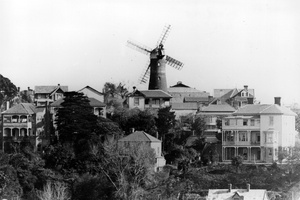
Creation of the Historic Places Trust (now Heritage New Zealand Pouhere Taonga) is highlighted as a legislative response to the unfortunate demolition of Partington’s Mill in Auckland (1950). There are other examples of tragic demolitions and a piece about heritage outcomes after the Canterbury earthquakes. Examples are also included of significant restoration projects, such as Christchurch Town Hall and Futuna Chapel, of adaptive re-use and of urban interventions where a new building has been sensitively integrated into the existing urban fabric. Architectural conservation education, and current courses and programmes, are given detailed consideration.
III.3. Hawai’i – Hawaiian Islands and Northwestern Hawaiian Islands.
III.4. Micronesia – Guam, Northern Mariana Islands, Federated States of Micronesia, Palau, Marshall Islands, Kiribati.
III.5. Melanesia – Papua New Guinea, Solomon Islands, New Caledonia, Vanuatu, Fiji.
III.6. South Pacific Polynesia – Tonga, Samoa, Niue, Cook Islands, French Polynesia, Pitcairn, Rapa Nui.
Each island and island grouping is given individual analysis of its specific geography, prehistory and cultural traditions, early settlement and colonisation, traditional vernacular building practice and crafts. Heritage sites, current conservation practice and associated challenges are discussed, with episodes in individual histories also highlighted.
III.7. Polar Regions of the Pacific (Aleutian Islands, north Pacific; Ross Sea region, Antarctica).
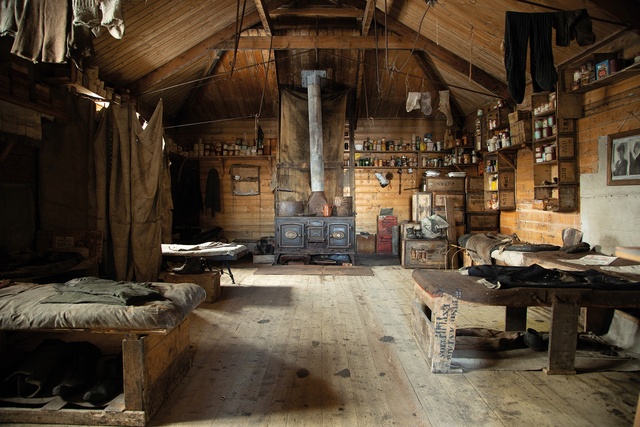
The Ross Sea region includes Ross Island, Scott Base and McMurdo Station – locations with expedition huts and associated artefacts. These historic sites, with heritage protection and management under the Antarctic Treaty (1961) and the Antarctic Heritage Trust (New Zealand) (1987), are given detailed descriptions along with outlines of the conservation challenges in such a cold climate.
IV. Closing Comments. The conclusion alludes to two ‘catastrophic’ historic influences on the shaping of Pacific Island cultures: colonisation and the WW2 Pacific War. However, it also encouragingly notes a “recent Indigenous Renaissance” across the region. Architectural heritage conservation has an important role to play: “to keep our memories and thus our identities, to remind us of who we are, of where we have come from, also to reveal losses of the past and obliquely to warn us of what may lie ahead”.
The book’s end matter includes a Glossary of Region-Specific and Conservation Terms, a general Reference list of Architectural Conservation texts, Image Credits and Index.
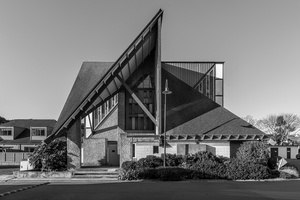
This is an impressive publication and the encyclopaedic content of the 592 pages is well illustrated (in monochrome). But this is not a glossy picture book for the coffee table. It has a well-planned, scholarly construct, including extensive endnoted reference citations and related reading lists in each section. For example, the Aotearoa New Zealand section of 107 pages has 570 endnotes and a list of 70 related readings. Stated by the authors in the Preface: “This book is written for professionals, students and all others interested in cultural heritage management in the Pacific region”. This is, indeed, a significant ‘top-shelf’ research source.
A pertinent concluding quote, from NZIA’s Heritage and Conservation Guidelines (2010):“Our ability to respond to places of heritage value should be based on a professional concern for these values, a good understanding of the discipline of conservation, and the pursuit of a quality, built environment.”


